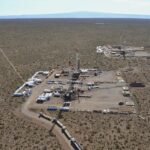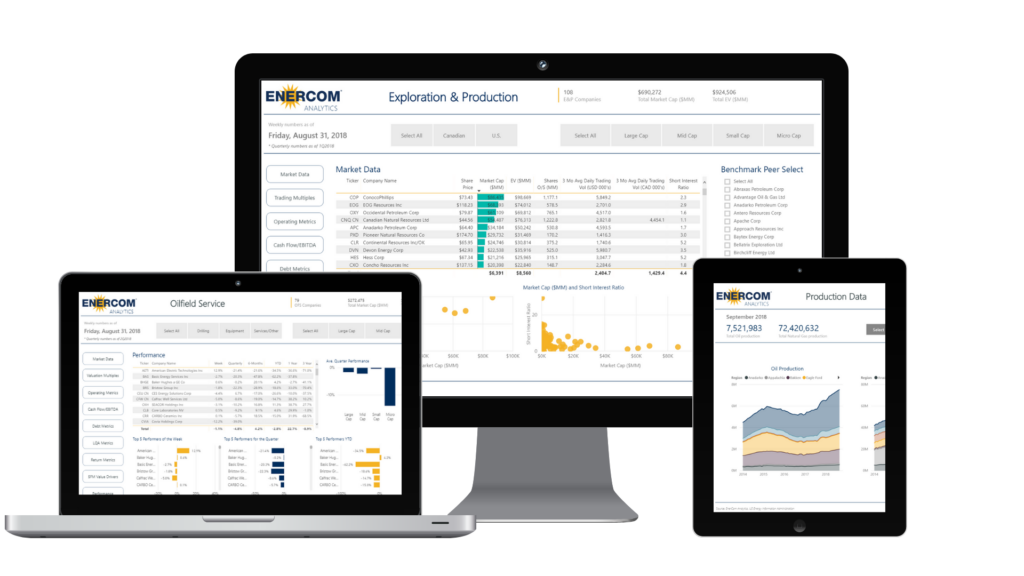After much of the energy sector abandoned deepwater drilling to focus on quicker and cheaper shale oil, the offshore and onshore industries suddenly have much more in common than they once did.
The two sectors are meeting in the middle as shale oil becomes larger-scale and switches to a repeatable manufacturing mode, while the offshore industry has slimmed down with smaller, cheaper and faster projects that can better compete economically.
Deepwater is becoming almost as cost-efficient as shale oil with many developments for both now profitable under $50 per barrel, said Angus Rodger, energy analyst at the Wood Mackenzie research firm.
Shale oil, also called tight oil, remains the preferred investment and it’s still growing faster, especially in West Texas’ booming Permian Basin, but they’re now a lot closer in costs and project time than just a few years ago.
“Now scale is the key differentiator. ‘New’ tight oil is industrialized, and that requires more capital and infrastructure, and longer cycle times,” Rodger said.
“Engineers discovered that bigger really is better,” he said. “Once big became beautiful, the stage was set for the industrialization of the Permian.”
At the same time, the deepwater industry has reinvented itself, cutting costs and project times. The main beneficiaries of this are a handful of advantaged sweet spots, such as the Gulf of Mexico, Brazil and Guyana, where Exxon Mobil is focusing much of its investment.
A lot of offshore projects involve drilling wells and connecting them to existing platforms to save costs via pipelines and umbilicals, called subsea tieback projects.
The catch is that both onshore and offshore development play into the hands of the biggest companies like Exxon and Chevron. They were already leading the deepwater industry, and they have the scale, money and patience to lead the industrialization of the Permian and potentially other basins.
“Big Oil will be the big winner from the convergence of tight oil and deepwater,” Rodger said. “The majors’ longer-term investment horizon also allows them to invest through the cycle in both deepwater and tight oil.”
In shale oil, the development has gone from being experimental to repeatable. Wells used to be drilled with fewer wells per site, they weren’t drilled as long, the hydraulic fracturing – or fracking – was less intense, and the subsurface modeling was constantly in flux. But after drilling more than 10,000 horizontal wells in the play, the industry now knows where the best rock is and how to repeat the processes.
“The Permian will be central to driving corporate strategies for players of all sizes,” Rodger said. “Many U.S. independents will need to scale up to compete as industrialization gathers pace, but not all have the skills and capital to do so.”







